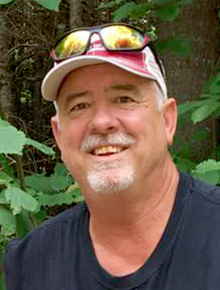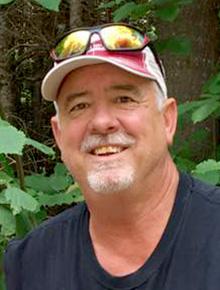
About a month ago I was invited to speak at the Ecumen Meadows. This is an assisted living facility located in Worthington. The residents of this facility make up all walks of life, and many of them are retired farmers.
My topic was about public lands and the work that my local chapter of Pheasants Forever has been involved in to protect the local drinking water supply for our community.
The water protection work being done in and around the city wells in Worthington’s wellhead protection area includes acquisitions by my chapter which ultimately get planted to grass. Native vegetation cover eliminates the applications of fertilizers, herbicides and manure on these acres. This keeps these chemicals from leaching into the ground and contaminating the water.
I dispelled many myths folks have about public lands. The first is that we only buy land from willing sellers. We do not use eminent domain, which is a proceeding to forcefully take someone’s property. In almost all cases, the landowner who is interested in selling actually contacts me. They reach out to me for a variety of reasons, but the conservation legacy they desire to achieve is satisfied by selling their property to a conservation organization.
There is a myth that public lands don’t pay any taxes. No matter how much or how often you share the facts of the matter, many folks will never believe them. Public lands that ultimately transfer to the state of Minnesota make payments in lieu of taxes, a fancy term referred to as P.I.L.T. These dollars are paid from the Minnesota state general fund, and for all public lands in the state, the sum is about $40 million per year. This money is sent to the counties to be distributed to all of the normal agencies that would receive a share of personal property taxes. These include counties, school districts, townships and others.
The amount the county agencies receive is a special formula. The formula is ¾ of 1 percent of the appraised value of the land on the day it was purchased. This rate stays the same for the first five years, and then county assessors will adjust that amount as land values rise and fall.
In every case I have been involved in, the PILT payment has been substantially more than the revenue the county would have received from the prior landowner. The smallest increase was 9 percent more and the largest was 225 percent more than what the county got before the lands became public.
Public lands are a benefit to the county from a revenue standpoint. The other thing to remember is that public wildlife lands and the folks who use them do not destroy roads with heavy equipment like feed trucks might or other industrial equipment. The maintenance cost required from government drops to almost zero.
The last – but not the least – myth that needs constant clarification is the myth that conservation organizations are buying up the land and running up land prices for young or new start farmers.
Nothing could be further from the truth. In the year I checked, there were 43 land sales in my county. Pheasants Forever purchased only one of the 43. As far as conservation organizations running up the price of the land, the parcel purchased by my chapter was the lowest cost per acre of any sale in the county that year. Not only are we not buying up all the land, we are often purchasing the lands that in many cases should never have been farmed in the first place.
To see this in yet another light, Nobles County Pheasants Forever is one of the most successful land acquisition chapters in the nation. We have purchased 43 separate parcels over a 39-year period. Even with this high level of success, we have only impacted 7/10 of 1 percent of the land base in our county, and almost all of that work has been in an area critical to protecting the city’s water supply. In fact, all public lands in Nobles County account for less than 2 percent of the county’s land base. When you consider all of these facts, you will see that the myths surrounding public lands are just that … myths!
The next time you hear someone perpetuating myths that surround public lands, you now have the rest of the story, the correct information, to clear up the thinking of those who try to convince others that public lands provide little value to anyone.
Scott Rall, Worthington, is a habitat conservationist, avid hunting and fishing enthusiast and is president of Nobles County Pheasants Forever. He can be reached at scottarall@gmail.com. or on Twitter @habitat champion.



